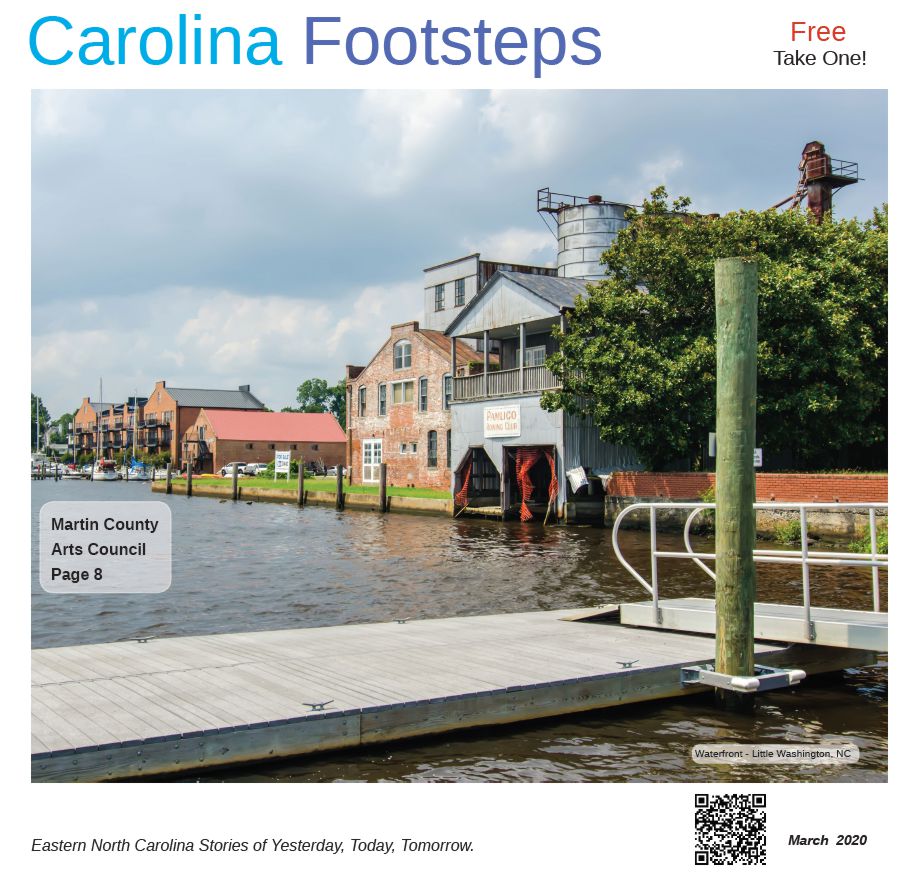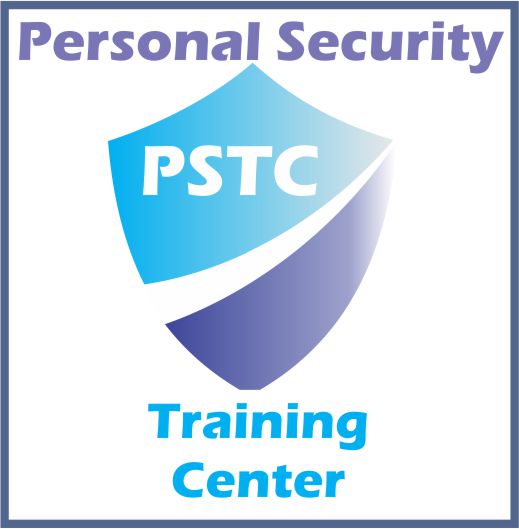Before meeting kinesiologist and student massage therapist Linda Jarvis, I heard horror stories of parents suddenly removing their kids from school or workers leaving steady careers after mold exposure wiped out their health.
This seemed unsettling and obscure. Instead of living in a sheltered and reclusive state, how could someone enjoy an active lifestyle after unfortunately being in the wrong place at the wrong time?
Jarvis experienced harmful effects of mold exposure while living in Weeksville. After studying at the Klinghardt Institute, she now educates and assists those suffering primarily from Lyme disease and mold exposure with useful strategies to live a vibrant life.
"I didn't understand what was affecting me," Linda recalls. "Looking back, even as a kid, I couldn't take penicillin [a substance made from fungus]."
"In elementary school, something didn't feel right in basement settings like art class. I empathize with how some students are impacted with concentration problems today because I know what it feels like."
Linda began traveling as an adult from Elizabeth City to Seattle for cutting edge treatment. Thankfully, this type of treatment is now available locally.
"More awareness exists about mold, but people are getting incorrect information," says Jarvis.
For instance, a mold sufferer may not have obvious respiratory symptoms but could suffer migraines, depression, ADHD, thyroid issues, or even addictions. Because if biodiversity and differences in DNA and blood type from person to person, no individuals have the same response.
"Clinically, it looks like your body is fighting itself. [...] Although people may feel better for a little while, those who live with [mold in their systems] don't know it will effect them for the rest of their lives."
Linda advocates for a drastic change of environment. Basic things anyone can do to protect their bodies while a building is professionally treated for mold damage include:
Performing air filter changes more frequently than the average 3 month recommendation
Cleaning and disinfecting ceiling fans regularly
Removing house plants and fish tanks. (According to Linda, these are "nightmare breeding grounds.")
Using an over-the-counter nebulizer and/or ozone machine. (Linda personally incorporates Max Blaster, available on Amazon for around $69.)
Incorporating coconut oil, garlic, omega 3 oils, and charcoal caps in your diet/supplementation plan.
Applying proper dosage of detoxifying essential oils to the body. Examples include frankincense, myrrh,eucalyptus, mint, and olive leaf. (Do not ingest these oils. If you are pregnant or helping a child, consult with a qualified practitioner.)
To learn more strategies, ask questions, and join the conversation about what has personally impact you, contact info@dwellmscom.
This column exists to educate the public about a general health concern in the Albemarle region. Dwelling Management Solutions, Albemarle Tradewinds, and its affiliates are not intending to diagnose, prescribe, or treat an individual condition.
Can Your Family Recover From Mold Exposure? -- by Laura Bush Jenkins
 Reviewed by kensunm
on
7:00:00 PM
Rating:
Reviewed by kensunm
on
7:00:00 PM
Rating:
 Reviewed by kensunm
on
7:00:00 PM
Rating:
Reviewed by kensunm
on
7:00:00 PM
Rating:







No comments: